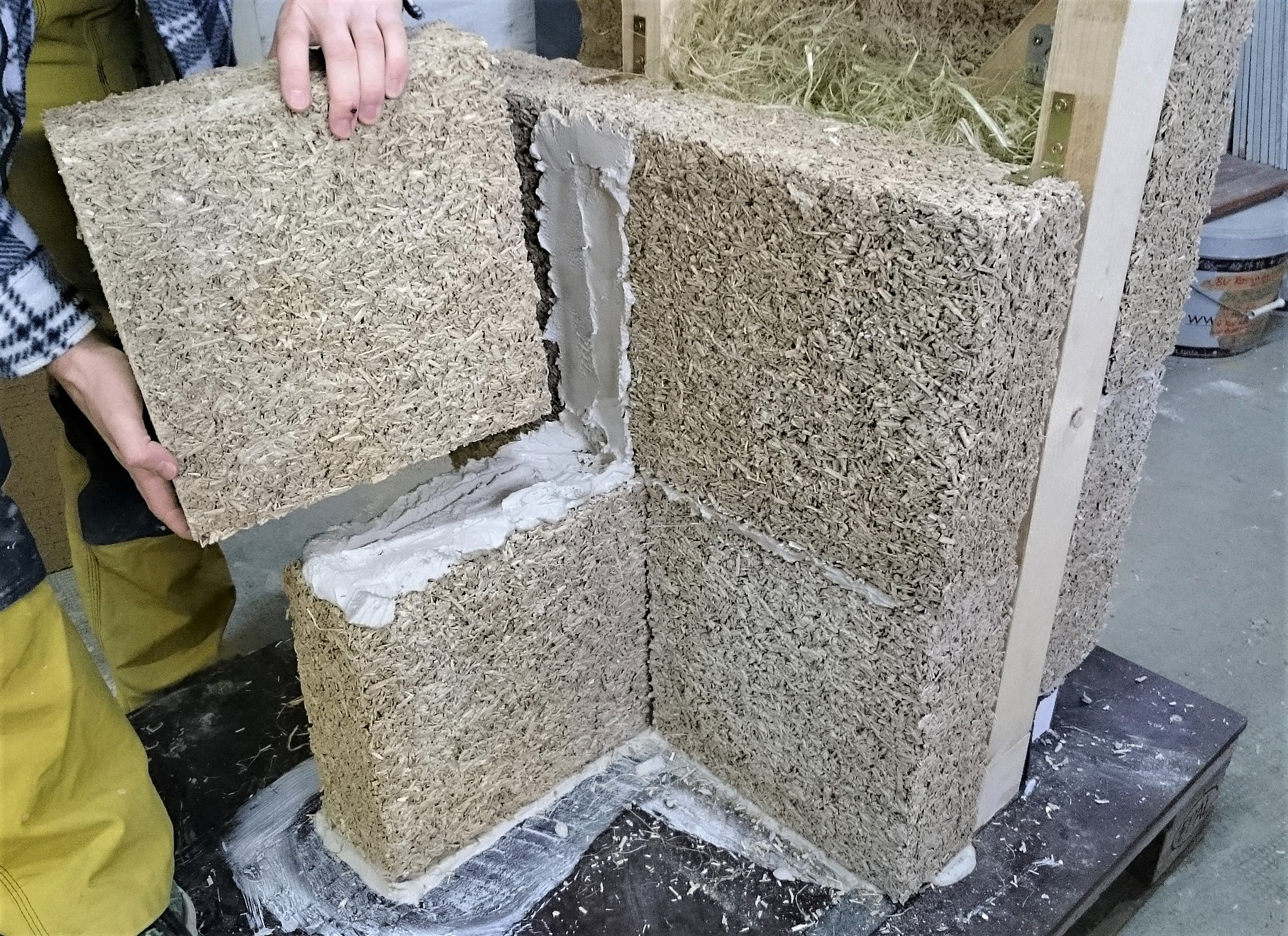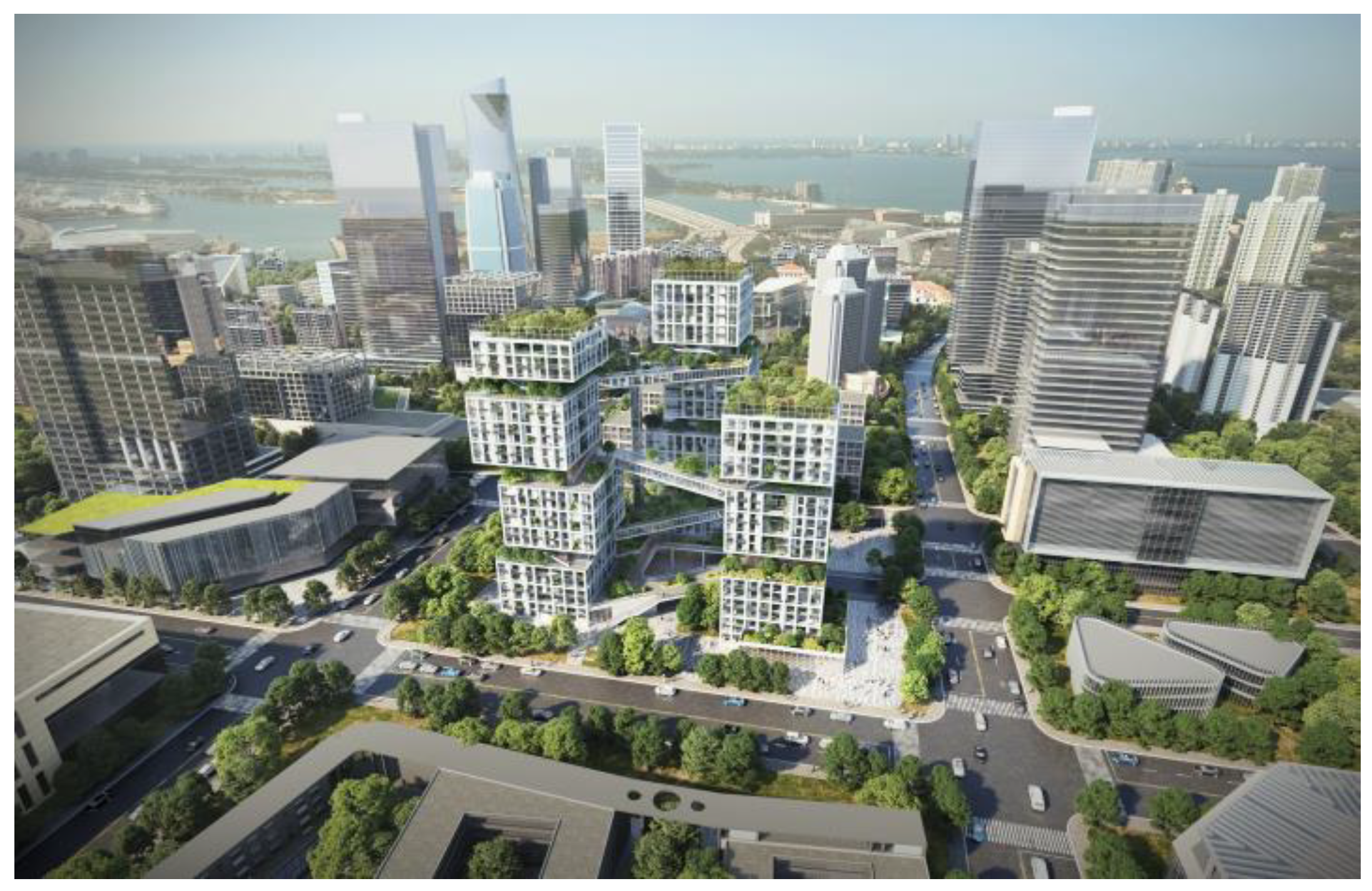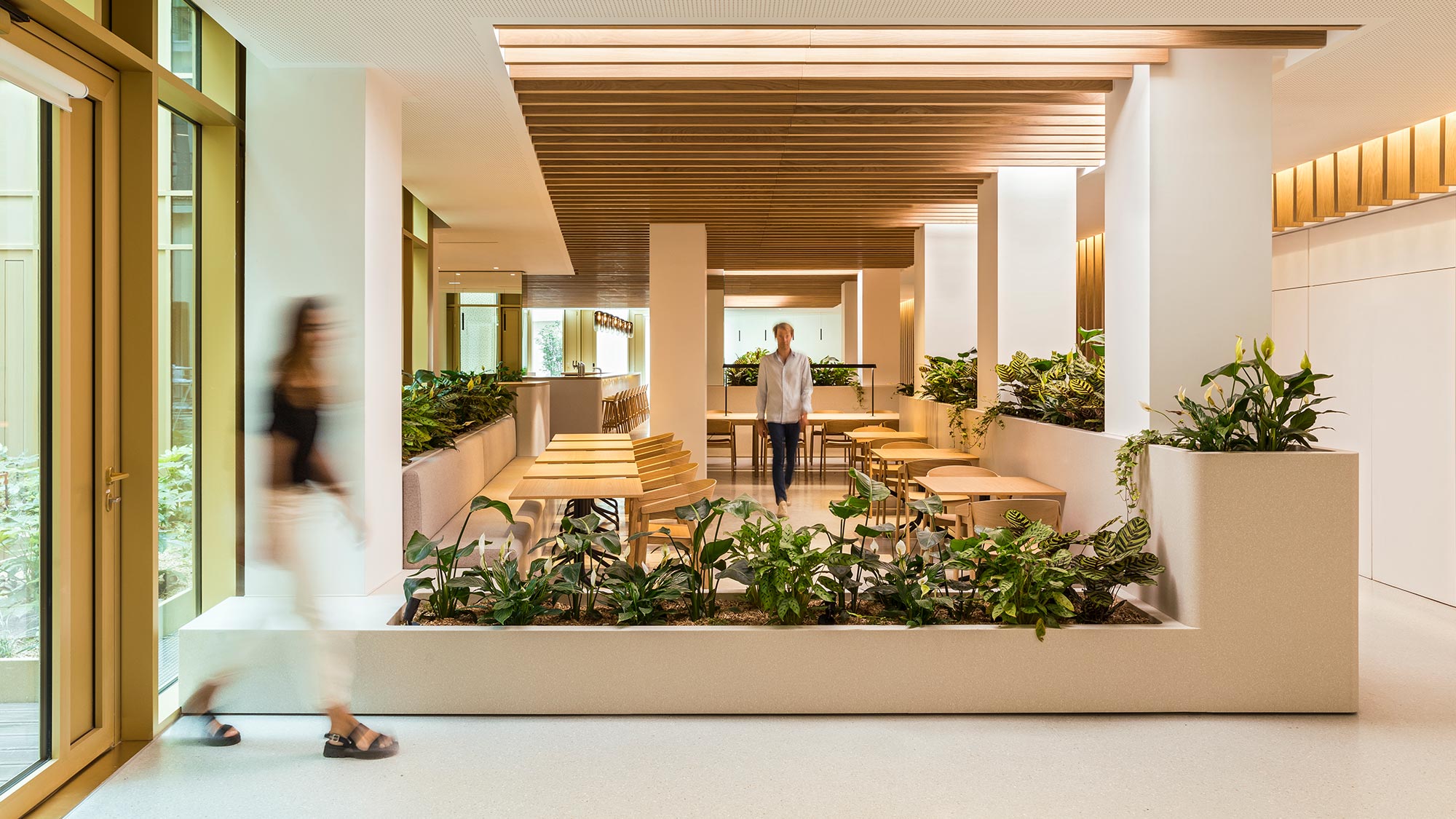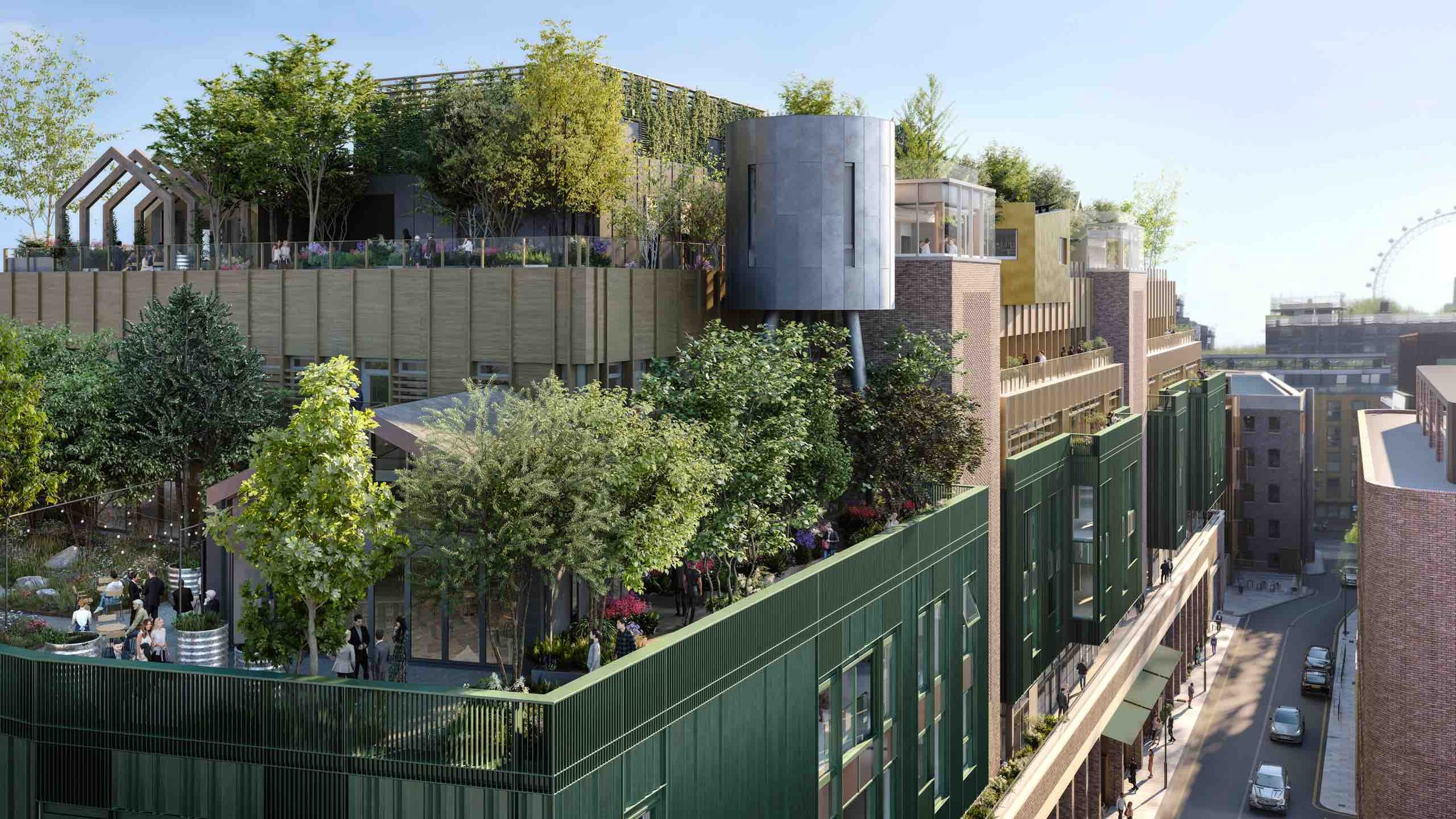Let’s face it—our homes should be sanctuaries, not just for us, but for the planet too. With climate change knocking at the door, more homeowners are swapping out traditional materials for sustainable alternatives. And honestly? The options today are stunning—both in aesthetics and environmental impact. Here’s the deal: eco-friendly design doesn’t mean sacrificing style or durability. In fact, it often means the opposite.
Why Sustainable Materials Matter
You know that feeling when you walk into a room and it just breathes? Natural materials do that—literally. They regulate humidity, reduce toxins, and often last longer than their synthetic counterparts. Plus, sustainable sourcing means fewer forests chopped down, less energy wasted, and a lighter carbon footprint. Win-win.
Top Eco-Friendly Materials for Your Home
1. Bamboo: The Overachiever
Bamboo isn’t just for pandas. It’s a renewable powerhouse, growing up to 3 feet per day without pesticides. Harder than oak, yet lightweight, it’s perfect for flooring, cabinetry, or even countertops. Just make sure it’s FSC-certified—some producers clear-cut forests to plant bamboo monocultures, which defeats the purpose.
2. Reclaimed Wood: History with Character
Old barns, factory beams, even wine barrels—reclaimed wood adds warmth and a story to your space. Each scratch and knot whispers of its past life. And since it’s repurposed, you’re saving trees and reducing landfill waste. Pro tip: Check for chemical treatments if the wood’s pre-1970s (lead paint, anyone?).
3. Cork: Nature’s Shock Absorber
Harvested from tree bark without harming the plant, cork is naturally antimicrobial, fire-resistant, and crazy comfortable underfoot. Ideal for flooring or wall tiles—it even muffles sound. Bonus: walking on cork feels like a gentle foot massage. Seriously.
4. Recycled Metal: Industrial Chic
Aluminum and steel can be recycled indefinitely without losing quality. Think sleek countertops, roofing, or statement light fixtures. And here’s a fun fact: recycling aluminum uses 95% less energy than producing it new. That’s a no-brainer.
5. Hempcrete: The Future of Insulation
No, it won’t get you high. Hempcrete—a mix of hemp fibers, lime, and water—is lightweight, mold-resistant, and regulates temperature like a champ. It’s also carbon-negative, meaning it absorbs CO2 as it cures. Pretty cool for walls, right?
Unexpected Eco-Friendly Alternatives
Beyond the usual suspects, some materials fly under the radar:
- Mycelium: Mushroom-based “leather” for furniture upholstery. Yes, really.
- Terrazzo: Made from recycled glass or marble chips—durable and artsy.
- Ferrock: A concrete alternative using steel dust (a byproduct) that absorbs CO2.
How to Choose the Right Material
Not all “green” materials are created equal. Here’s what to consider:
| Factor | Why It Matters |
| Local sourcing | Reduces transportation emissions |
| Certifications (FSC, Cradle to Cradle) | Ensures ethical production |
| Lifespan | Longer-lasting = less waste |
| End-of-life recyclability | Can it be repurposed again? |
The Bigger Picture
Sure, swapping out materials helps. But sustainable design is also about using less. Smaller homes, multifunctional spaces, and energy-efficient layouts make a bigger dent than any single material. Think of it like a puzzle—every piece counts.
At the end of the day, our homes should reflect our values. And choosing eco-friendly materials? That’s a love letter to the planet—one floorboard, one countertop at a time.





